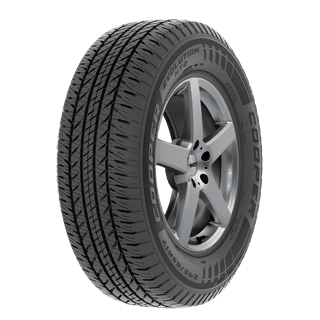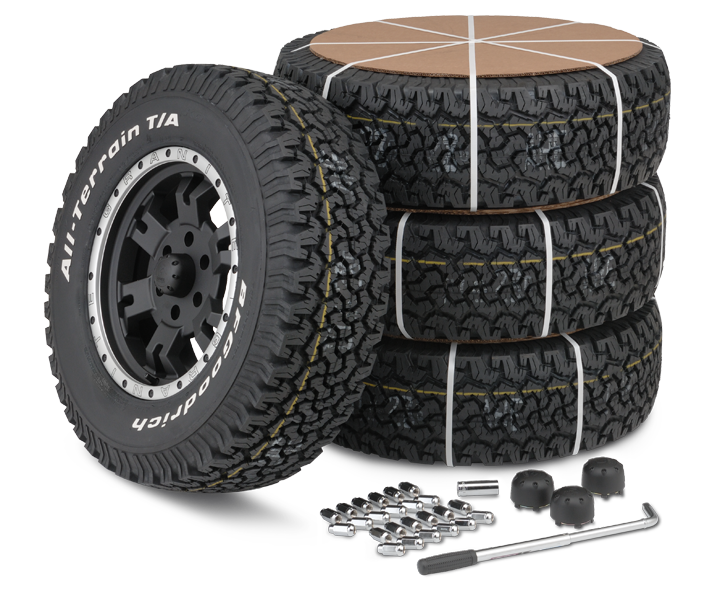Save Big with Mopar Tire Service Specials in Morris: Limited Time Supplies
Tire Solution: Comprehending Tire Pressure Monitoring Systems
Recognizing Tire Pressure Tracking Solutions (TPMS) is an important element of preserving optimal vehicle performance and safety on the road. With improvements in automotive innovation, TPMS has become a common attribute in modern-day vehicles, giving real-time info on tire stress degrees.

Value of TPMS
The relevance of Tire Stress Monitoring Systems (TPMS) hinges on their ability to boost automobile safety and security and performance with real-time tracking of tire pressure degrees. Keeping the proper tire stress is critical for making sure ideal handling, braking, and total security of an automobile. TPMS gives chauffeurs with instant responses on any kind of underinflated or overinflated tires, enabling timely adjustments to be made.
Parts of TPMS
Making up various necessary components, a Tire Stress Monitoring System (TPMS) works as an innovative safety attribute in modern-day automobiles. The primary parts of a TPMS consist of sensing units, a control module, and a warning indicator. Sensing units are typically located in the tire valve stem or attached to the wheel setting up, where they determine tire stress and transfer data to the control component. If it identifies substantially reduced pressure in any of the tires, the control component processes this information and activates a warning. The warning sign, often a sign on the dashboard, notifies the motorist to check the damaged tire or tires. Some advanced TPMS versions also show the actual tire stress readings for every tire, giving chauffeurs with real-time information to make certain ideal tire efficiency and safety and security. By keeping an eye on tire pressure continuously, TPMS assists prevent mishaps, decreases tire wear, and enhances gas efficiency, making it a critical element for lorry security and efficiency.
Types of TPMS

On the various other hand, indirect TPMS relies upon the vehicle's wheel rate sensing units to monitor tire stress. This system finds underinflation by contrasting the rotational rates of the wheels. Indirect TPMS is much less costly than straight TPMS, as it makes use of existing sensing units within the car.
While direct TPMS provides a lot more accurate analyses, indirect TPMS is easier in style and commonly calls for less maintenance. Both systems have their restrictions and benefits, and the choice in between them frequently relies on aspects such as expense, automobile make, and personal preference. Comprehending the distinctions between these two sorts of TPMS can help vehicle owners make notified choices pertaining to tire maintenance and safety and security.
TPMS Upkeep Tips
Conduct regular checks on the tire stress levels and compare them with the TPMS readings to ensure they are regular. During tire rotation or replacement, make sure that the TPMS parts are dealt with carefully to prevent any type of potential damage. If the TPMS alerting light illuminates on the control panel, attend to the concern quickly by checking the tire pressures and the overall system for any kind of faults.
Advantages of Appropriate Tire Pressure
Keeping appropriate tire stress, as emphasized in TPMS Maintenance Tips, is crucial for gaining the various advantages connected with ideal tire stress degrees. One of the main benefits of preserving the correct tire stress is improved gas effectiveness. When tires are properly inflated, there is less moving resistance, causing far better gas economic situation. In addition, correct tire stress ensures also tire wear, extending the life-span of the tires and advertising safer driving problems. With the ideal tire pressure, automobiles also have better handling and grip, particularly in damaging climate conditions. This can enhance overall driving performance and safety and security for the vehicle driver and travelers. Preserving ideal tire stress can contribute to Read More Here a smoother and more comfortable adventure by reducing resonances and sound triggered by underinflated tires. In conclusion, the benefits of correct tire pressure exceed just tire long life; they encompass enhanced fuel efficiency, enhanced safety and security, better lorry performance, and general driving comfort.
Final Thought
In verdict, recognizing tire pressure surveillance systems (TPMS) is important for maintaining optimum tire pressure and making certain car safety and security. By identifying the importance of TPMS, knowing with its parts, recognizing the different kinds readily available, adhering to appropriate upkeep tips, and understanding the advantages of keeping correct tire pressure, motorists can boost their driving experience and extend the life expectancy of their tires. Proper tire stress is vital to safe and reliable lorry procedure.
